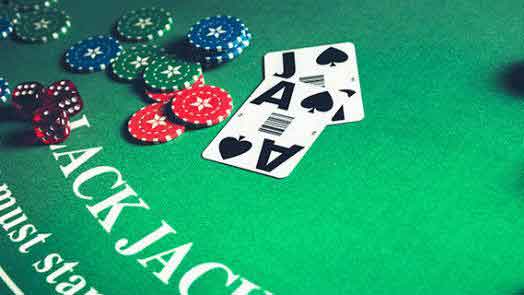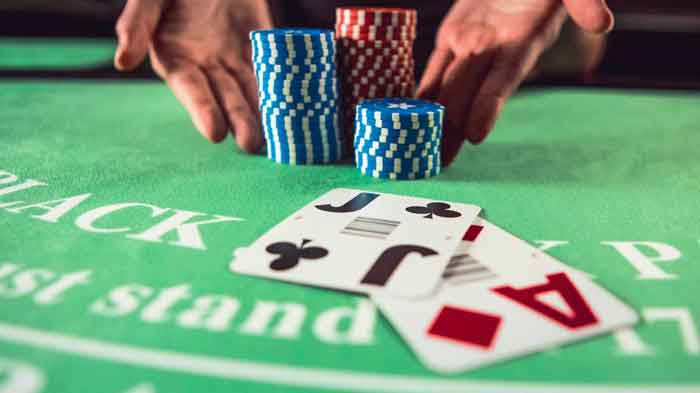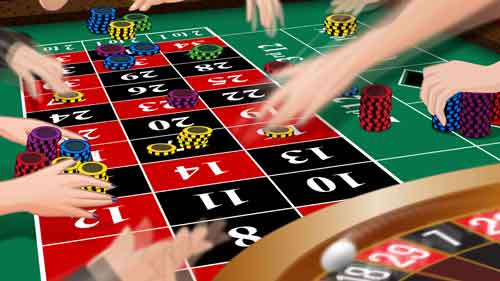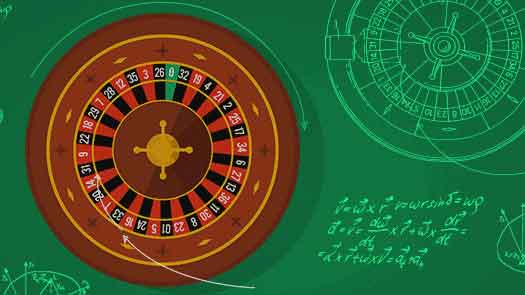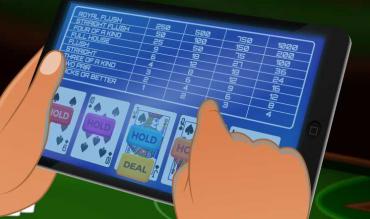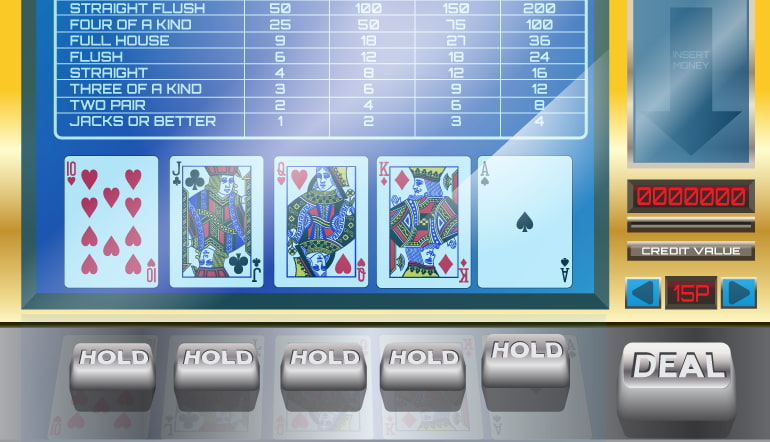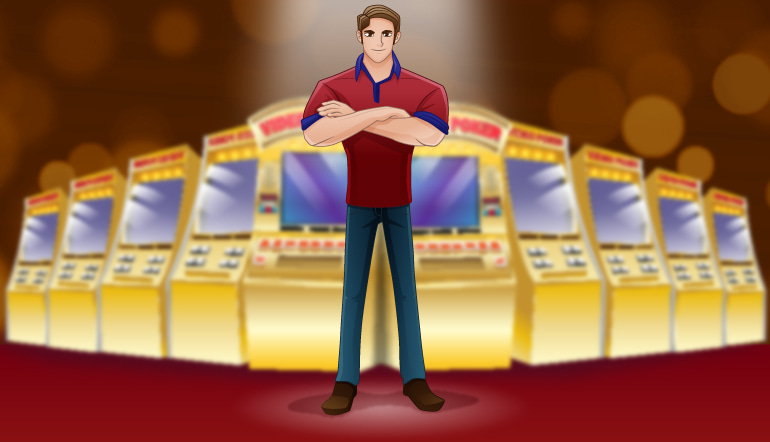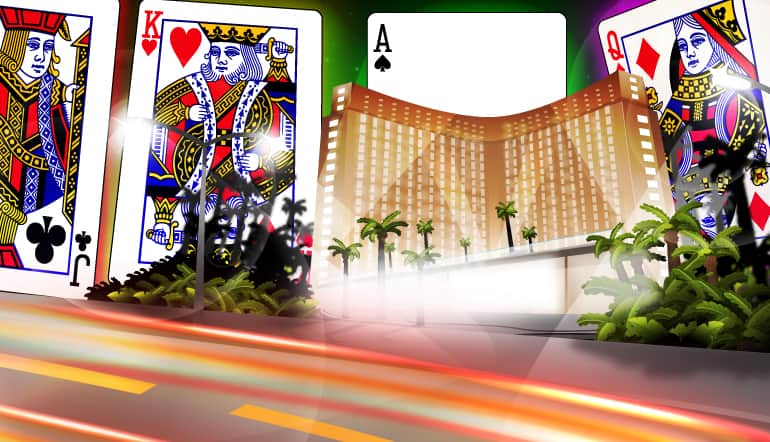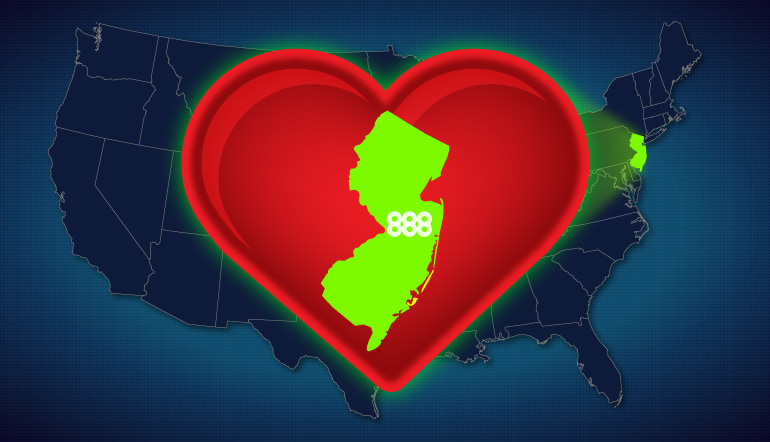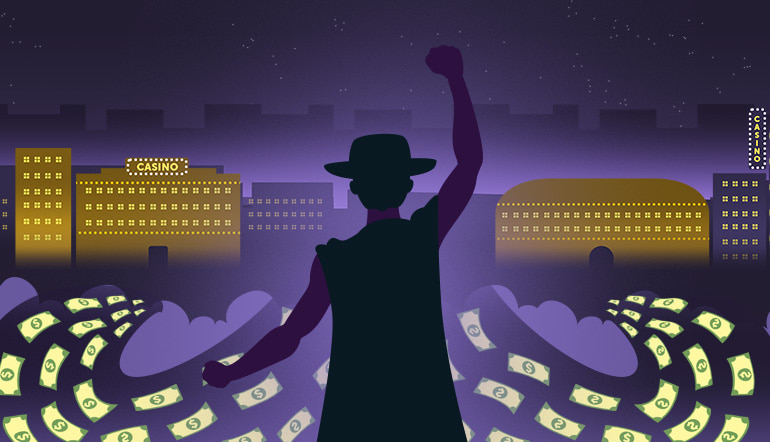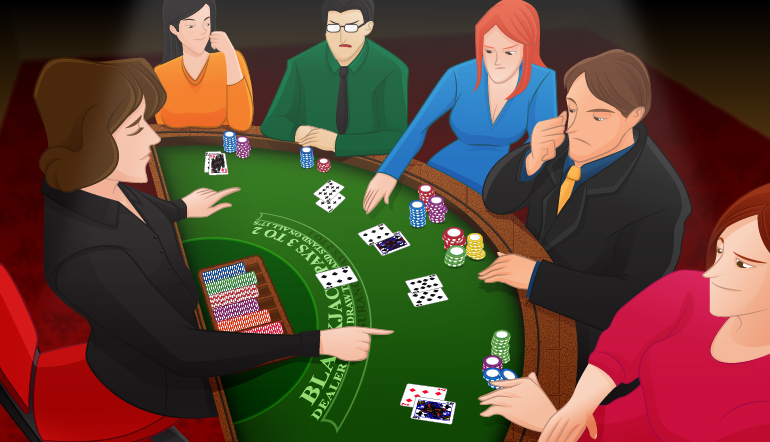Table of Contents
Introduction to Blackjack Insurance
Blackjack insurance is a side bet available to blackjack players. It provides ‘insurance’ to players who believe that the Dealer has blackjack. Blackjack insurance typically pays 2:1. Let's rewind for a second and explain why you may want to consider blackjack insurance as an optional bet.
In blackjack games, the player’s two pocket cards are dealt face up. Only one of the dealer's cards is visible to players at the table. This intriguing situation creates a degree of uncertainty for players, given the availability of imperfect information.
Why? Well, if players know what the dealer’s cards are it's much easier to determine whether they should hit, stand, double, or split. Consider the following hypothetical scenario with known player and dealer hands:
- Player Hand: 9 + 5 = 14
- Dealer Hand: King + Queen = 20
Should the player hit or stand? If the player does nothing knowing that the dealer has 20, the player automatically loses. But what are the chances of the player pulling < or = 7 on the next card? Or worse yet, a card > 7? There is no way for the player to know what the next card is going to be with 100% certainty.
Of course, in blackjack you will never know what the dealer’s hole card is; it’s always hidden. This is precisely why blackjack rules allow for the introduction of the blackjack insurance bet. This side bet is offered as a hedge against the possibility that the dealer’s hand value is ‘blackjack’ or 21.
A note is in order here folks: Blackjack is any 2-card hand valued at 21. Therefore, by deduction a blackjack hand always has an Ace and a 10-value card. Any hand total equal to 21 with more than 2 cards is not blackjack, it’s simply 21 and worth less than a 2-card blackjack 21. The only time you will be given the option of placing a ‘blackjack insurance’ bet, is when the dealer’s upcard is an Ace.
The blackjack insurance bet pays 2:1 if the dealer has blackjack. The cards that the dealer can potentially make a blackjack with include the following: 10s, Jacks, Queens, or Kings. In a standard 52-card deck of cards, it’s relatively easy to determine the probability that the dealer is holding one of these cards. Let’s take a look:
- There are 4 x 10s in every deck of cards (hearts, clubs, spades, and diamonds) = 4/52
- There are 4 x Jacks in every deck of cards (hearts, clubs, spades, and diamonds) = 4/52
- There are 4 x Queens in every deck of cards (hearts, clubs, spades, and diamonds) = 4/52
- There are 4 x Kings in every deck of cards (hearts, clubs, spades, and diamonds) = 4/52
The total number of potential cards that can help the dealer to hit blackjack when an Ace upcard is showing are 16. In percentage terms, the probability of hitting a 10-value card are 16/52 = 30.77%. Of course, any other 10-value cards that are currently on the table must be removed from the equation to calculate an accurate percentage. Since most blackjack games are played with between 6 and 8 decks of cards, there are many other cards that many come into the reckoning, but the percentages still hold true with every deck that is added.
How to Place a Blackjack Insurance Bet?
When you play blackjack and the dealer’s up card is an Ace, you will be offered the ‘blackjack insurance’ side bet. The bet comes with a price tag of 50% of your original bet on the table. If you placed a $200 bet on your original blackjack hand, the blackjack insurance side bet will cost you $100 ($200 x 50% = $100). The total cost of playing that bet will therefore be $200 + $100 = $300. Two possible scenarios can occur – the dealer has blackjack with his/her first two cards or the dealer doesn't have blackjack. Let's examine each of these in turn:
- Scenario #1 – Dealer has Blackjack: You will win the blackjack insurance side bet which pays 2:1. In other words you will get $200 for every $100 that you place on this side bet. However, if you don't have blackjack, the dealer wins the hand and you forfeit your original $200 bet. The insurance side bet is therefore a hedge to protect your original bet of $200. Your blackjack insurance side bet will be returned to you with the profit payout.
- Scenario #2 – Dealer does not have Blackjack: In this case, you automatically lose your blackjack insurance bet of $100. However, if your hand total beats the dealer’s hand total without exceeding 21, you will win 1:1. If you have blackjack, you will get paid 3:2, or 6:5, depending on the rules of the blackjack table in question.
When Does it Pay to Place a Blackjack Insurance Bet?
Most all of the coverage you will read on blackjack insurance bets invariably say the same thing – don't ever play them. I tend to concur, except when your original blackjack bet is substantial and you are trying to protect it from a dealer blackjack. Let's say you placed a $5000 bet on blackjack and the dealer’s up card is an Ace. The online casino offers you blackjack insurance protection. Do you take it? If you do, you can protect your $5000 blackjack bet by paying an additional $2500 for the blackjack insurance side bet. If you win that side bet, and lose the hand, your original wager is returned to you. $2500 (blackjack insurance) x (2:1 odds)= $5000. This is also the size of your original blackjack bet.
All Don't worry about the $2500 you spent on placing the side bet – that is also returned to you. If you were paid 1:1, you would get $2500 for your $2500 and still have the original bet returned to you. Remember: in blackjack the player is always first to act. This is precisely how the house has an advantage over you. Since you stand to bust first, you will automatically lose first. The dealer is not required to act if the player busts – the dealer simply accepts the loss and generates the profit.
As a long-term proposition, you may be wondering why everyone wouldn't simply play the blackjack insurance bet every time? If you can protect yourself from the dealer having blackjack, shouldn't you do it? The answer to this question is found in the numbers. It doesn't matter how many decks of cards are used – the percentages hold true. Remember that 4/13 cards from every suit (hearts, clubs, diamonds, spades) in every deck are 10-value cards. This percentage works out to 30.77%. In other words, 30.77% of the time (on average) the dealer will have blackjack. If you bet on the blackjack insurance bet 100 times, 69.23 of those bets will be losing bets (100 - 30.77 = 69.23).
It's a simple matter of statistical probabilities. Therefore, you are strongly advised to avoid the blackjack insurance side bet whenever possible.
Important Tips to Remember:
That’s the newly released blackjack insurance guide for players. Feel free to reference this guide for all your questions relating to blackjack insurance.
-
- The insurance bet is completely separate from the value of your 2 cards. It doesn't matter whether you have blackjack, or a low-value hand total. The only thing the insurance bet focuses on is whether you believe the dealer’s hidden card is a 10-value card. Given that we know there is a 30.77% chance of it being a 10-value card, the probability of being correct is really low. The 2-to-1 payout is not worth the risk of these odds.
- The insurance bet is often called a ‘sucker bet’ because players get suckered into thinking that it's going to help them when in fact it doesn't most of the time. It's pretty much the same as an even money payout on blackjack, if given the option of taking insurance, or even money.
- It is possible for card counters to assess the likelihood of the dealer holding a 10-value card by way of basic card counting. If there are more 10-value cards on the table (and not in the shoe), the likelihood of the dealer holding a 10-value card diminishes, and vice versa.
